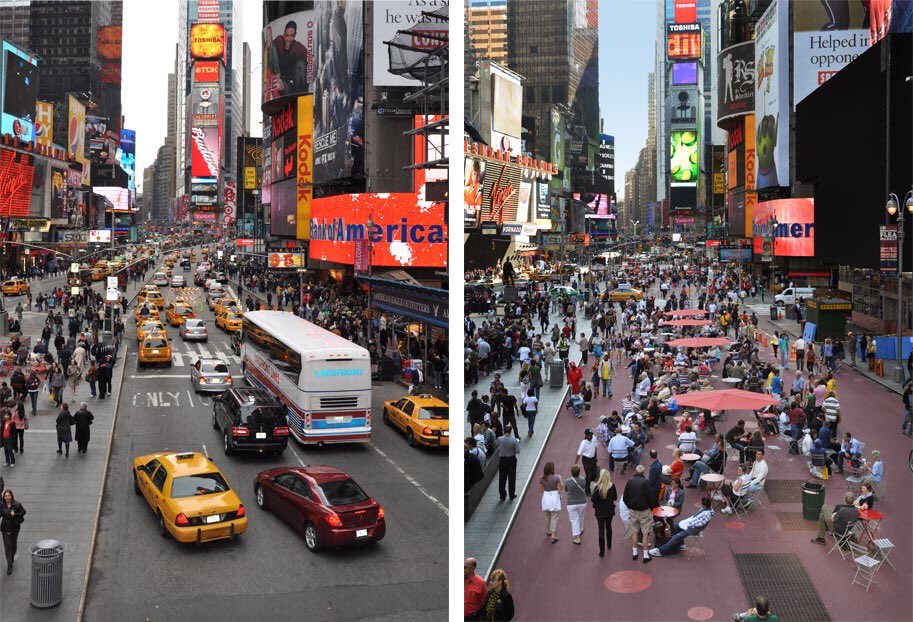
Reading about @peterwalker99’s interview with @citiesforpeople in The Miracle Pill has reminded me of one of my favourite concepts I’ve learnt in my professional career — which is that experts pretty much all agree on where good ideas come from.
A couple of years back my work tasked me with coming up with a strategy to make our organisation more innovative — how could we start coming up with new ideas to tackle protracted problems instead of just doing what we knew how to do over and over.
So I set off to start learning about different theories of where good ideas and innovations come from.
I expected to find wildly varying theories, assumptions and disagreements on the topic.
Instead I was pretty shocked to learn that almost everything I read said the same thing
I expected to find wildly varying theories, assumptions and disagreements on the topic.
Instead I was pretty shocked to learn that almost everything I read said the same thing
All theories basically come down to 5 steps — depending on who authored them they might be framed differently, but essentially they all say the same thing.
Step 1: Be curious.
Read. Watch TV. Research. Have conversations. Play sport. Watch a dog. Gather as much information as you can about everything that you can. The broader your interests the better.
Read. Watch TV. Research. Have conversations. Play sport. Watch a dog. Gather as much information as you can about everything that you can. The broader your interests the better.
Step 2: Digest and discuss
Think about what you know, and share what you know with as many other folk as you can. Imagine that everyone is walking around with half an idea and you might be in possession of the other half. Try and fit things together.
Think about what you know, and share what you know with as many other folk as you can. Imagine that everyone is walking around with half an idea and you might be in possession of the other half. Try and fit things together.
Step 3: Go about your life.
The idea will come when it’s good and ready, and, most likely, while you’re busy relaxing. People talk about coming up with their best ideas in the shower or on walks because that’s when your brain has the space to go over all that info you collected.
The idea will come when it’s good and ready, and, most likely, while you’re busy relaxing. People talk about coming up with their best ideas in the shower or on walks because that’s when your brain has the space to go over all that info you collected.
Step 4: the aha moment
It’s then when you’re fully relaxed and not thinking about it that the idea will come to you. It’s the lightbulb moment we’ve all been told about, but it doesn’t happen late at night at our desks. It happens in the bathtub.
It’s then when you’re fully relaxed and not thinking about it that the idea will come to you. It’s the lightbulb moment we’ve all been told about, but it doesn’t happen late at night at our desks. It happens in the bathtub.
Step 5: Make the idea a reality
Go and do the thing! This part doesn’t really need explaining — just do it.
Go and do the thing! This part doesn’t really need explaining — just do it.
The thing that struck me about all of this the most was Step 2. It’s why some of the biggest steps forward in science and philosophy happened alongside the emergence of coffee houses: because chance favours the connected mind.
Jan Gehl is an architect and urban planner known for pioneering the idea of people-first cities. But when he graduated in the 1960s he, like his peers, thought cities should be designed around cars. What changed his mind? Talking to his wife.
She was a psychologist and so were all of her friends. So whenever he would chat about his work they ask questions and share thoughts about their area of expertise: people.
Soon enough Gehl went back to school to learn about the psychology of housing and think about how he could combine his understanding of how people live with his knowledge of how we design cities.
The results? Transformations like this one:
The results? Transformations like this one:

All of this to say that our best ideas will come from talking to people with a different focus to ours. From sharing what we know, asking questions, and then seeing what happens. The potential is massive, beautiful and serendipitous.
Want to learn more about where good ideas come from? This is a good place to start:
• • •
Missing some Tweet in this thread? You can try to
force a refresh


